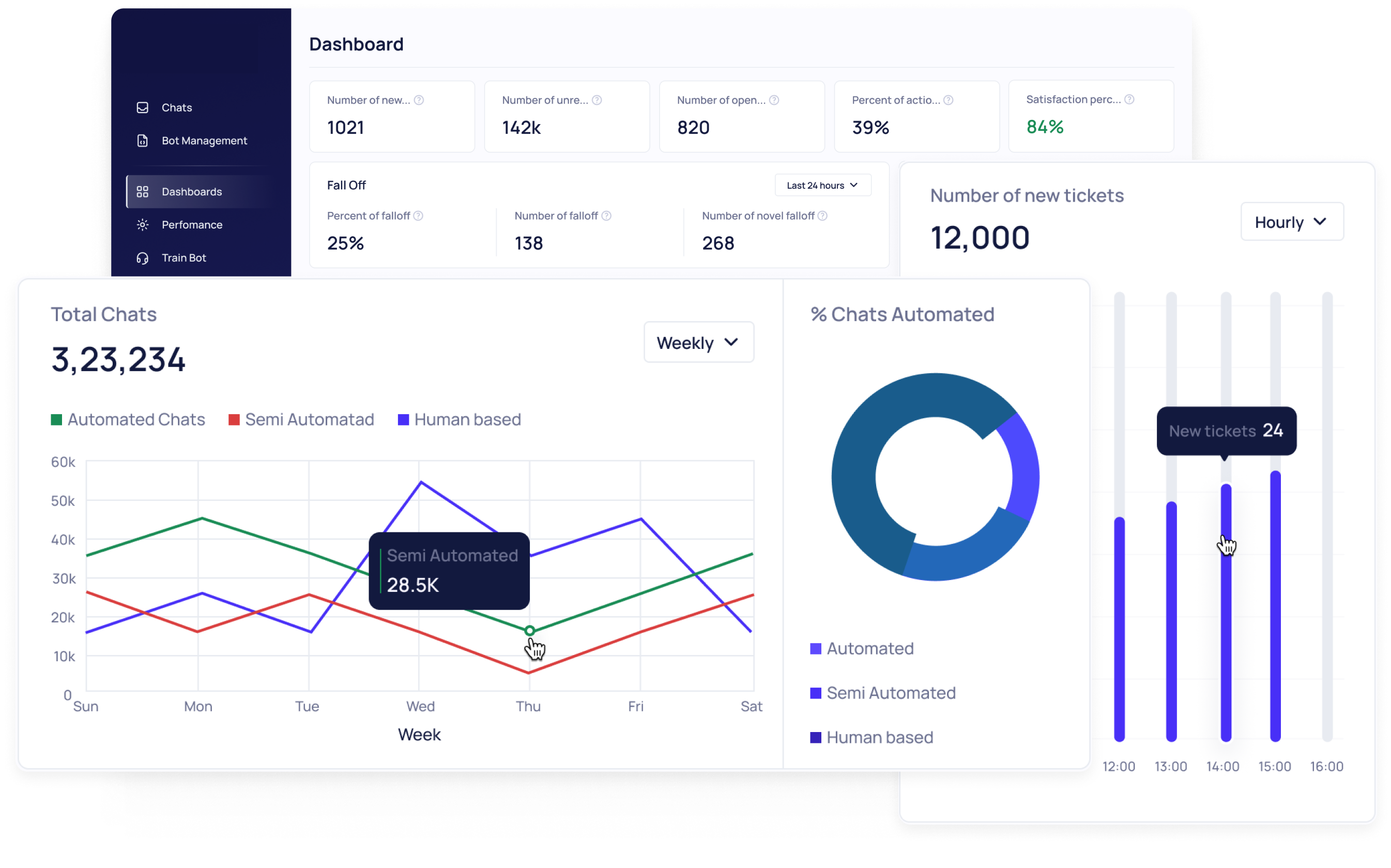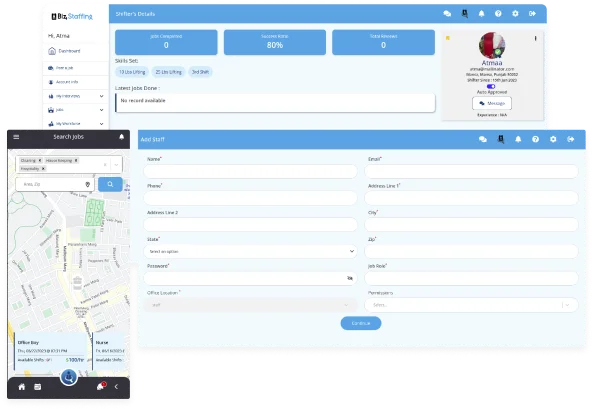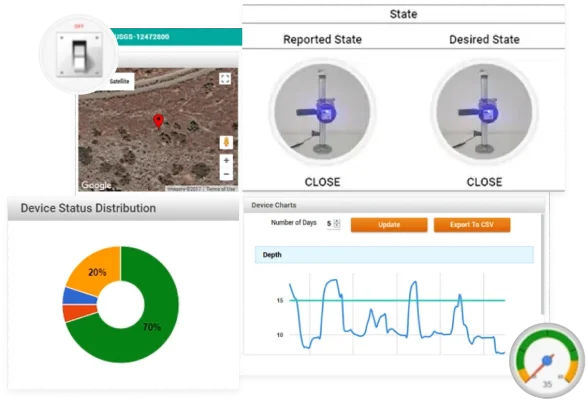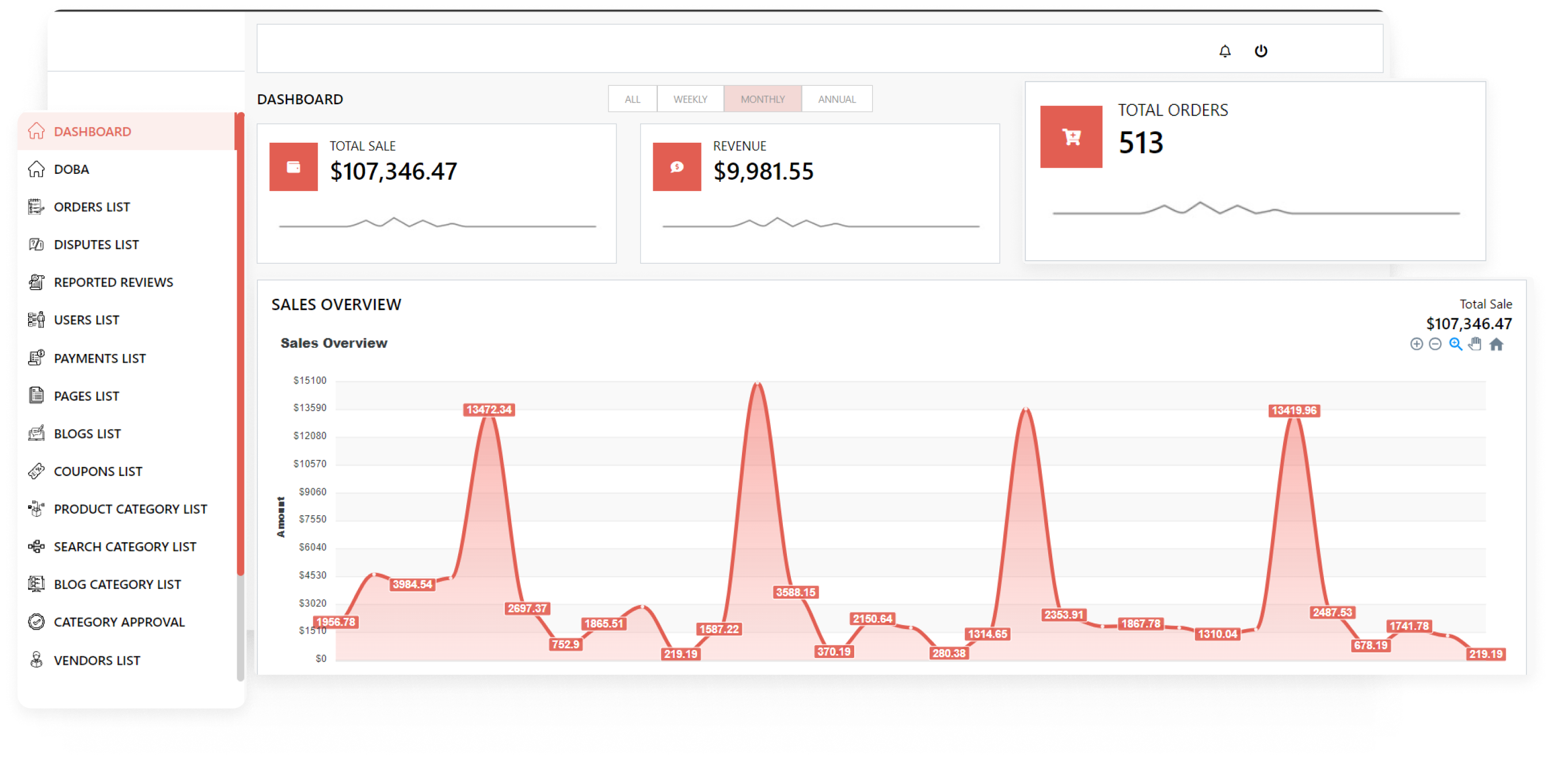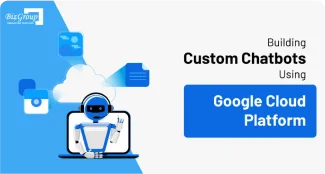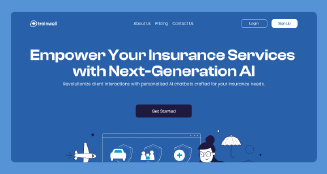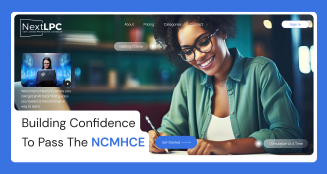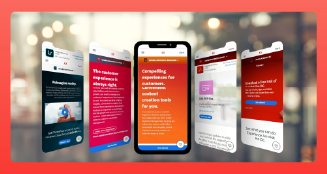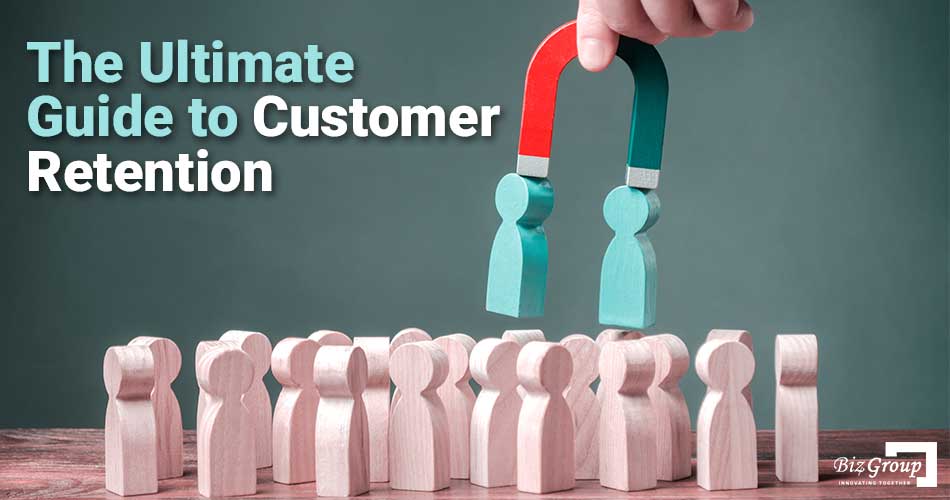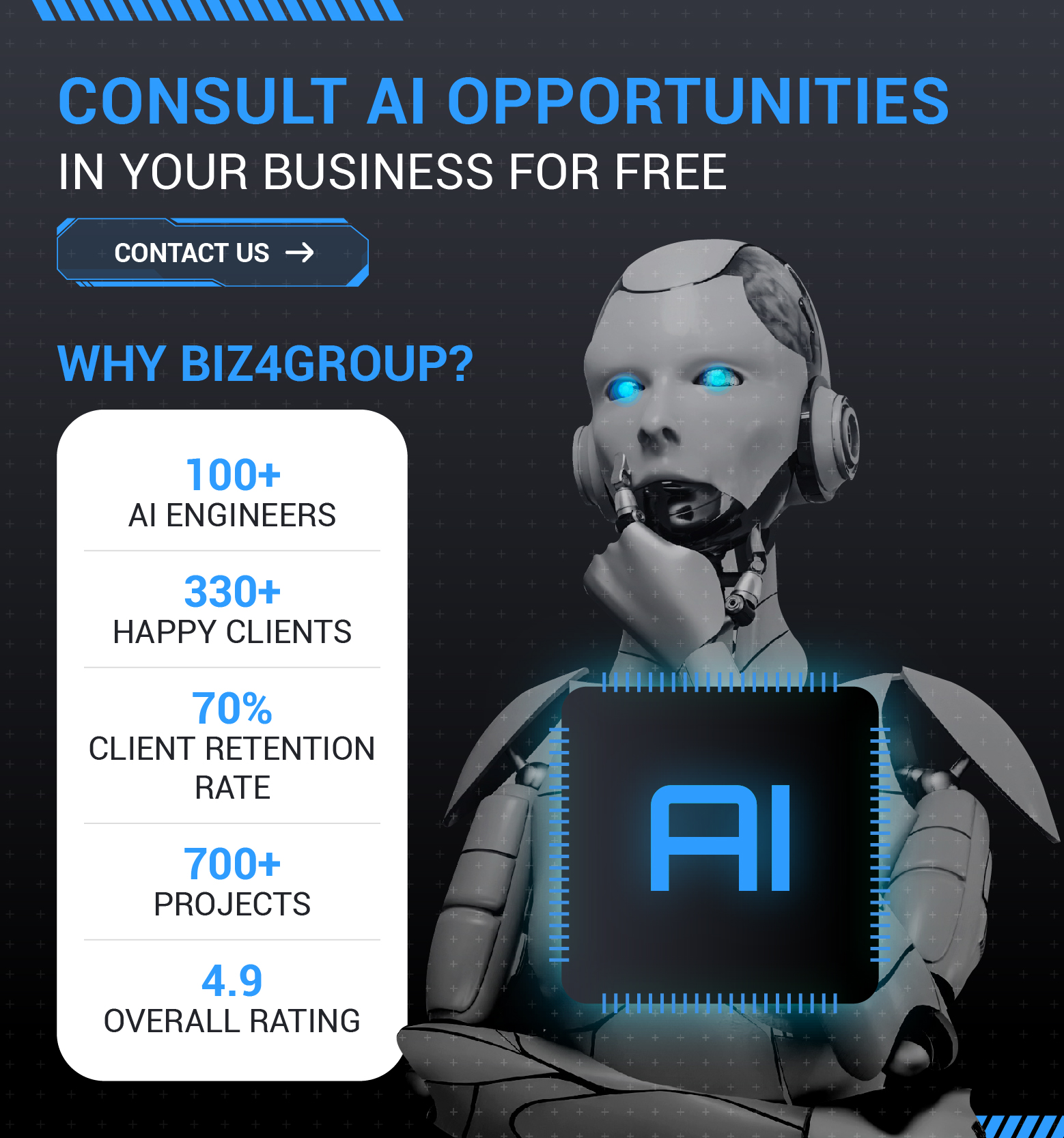The Ultimate Guide to Customer Retention
While many people think that driving sales from a bulk of potential clientele is the best way to grow a business, it isn’t the case all the time.
Realistically speaking, it not an easy job to find customers that might purchase your product in an instant. A lot of resources are required to be invested, that too in different mediums, to attract customers that are not at all familiar with your products. Additionally, a considerable amount of time is wasted, in channeling them down to a level where they can understand your market niche and your product specifications.
On the contrary, by targeting an already interested batch of customers, a business can ensure a high ROI consistently. And, that’s where customer retention comes in picture. By shifting your vision slightly towards an already converted customer base, your business can garner unparalleled benefits and attain the zenith of success.
However, customer retention is not only about maintaining two-way communication among your customer success team and your customers. It’s about instigating trust within the customers’ minds by fostering effective communication modules that result in mutual growth and a long-lasting partnership.
Follow through this article to know all that you’ll ever need to retain your customers for a long time.
What is Customer Retention?
Customer retention is a company’s ability to hold on to its customers for an extended period of time so that they can target them to drive more sales. Mathematically, it is the percentage that measures the number of customers a company retains at the end of a predetermined time interval.
For a particular time period, customer retention is measured by calculating the customer retention rate.
It is calculated as per the following formula:
Customer Retention Rate =
((Number of customers at end of period – Customers acquired during the period) / (Number of customers at start of period)) * 100
Calculating the customer retention rate of your business will help you to choose a proper strategy to hold on to your customers. It will help you identify the reasons due to which your customers move on and start using the services of your competitors.
Importance of Retaining Customers:
Calculating customer retention is important for a business because it not only tells about the number of new customers it acquired but also about its ability to satisfy existing customers and its customer satisfaction rate.
Also, it is much more cost-effective and practical to target loyal customers than finding new ones. In fact, by just increasing your customer retention rate by 5%, you can increase your company’s revenue by at least 25%.
Below are some reasons that tell the importance of customer retention in the growth and success of a business:
• Cost-effective: It cost 5 to 25 times more to convert a lead into a client than to retain an existing one.
• Devoted Customer Base: Your existing clients are already abreast of the qualities and features of your product. Hence, they are more likely to consider you as a brand and purchase more items, provided that they liked their initial purchase.
• Referrals: Mouth-to-mouth promotion is and always be one of the best forms of marketing. When you create a loyal customer base, they are more likely to share values they garner from your products and brand with their family, friends, and colleagues, which further opens new chances of making sales for your business.
Now that we have understood the benefits of retaining customers, we can go through some effective tactics to retain customers. Keep reading .
12 Strategies for Retaining Customers:
Customer retention follows a series of processes that are implemented to maintain a healthy and long-lasting relationship with the existing customers. It is important to know these processes so that you can delight them and persuade them amusingly to buy more items.
1) Using case studies effectively:
Highlighting your case studies in your pre-sales efforts help your potential clienteles to determine if you are the best fit for them to collaborate with. Especially in a B2B business where marketing plays an important role, these case studies, testimonials, success stories, and portfolios are an arsenal of assets that not only build a strong partnership but also help in establishing your relevance and authority in the field you are going to deal in.
Share relevant assets with your leads to tell them about your project execution style and the results your earlier clients have achieved from your services. Verdicts and testimonials by your previous customers can also be used to show your trustworthiness and institute your authority.
Doing this is essential in pre-sales processes so that your customers can set relevant expectations and understand the end-to-end scope of work that you’ll follow.
2) Discussing expectations early is pre-requisite:
No matter how expert you are in your field, your customers may cancel a deal if you are unable to fulfill any expectations they might have. This becomes more difficult to adhere to, as different people have different expectations based on their business background and personal experiences.
However, you can always communicate your expectations on an initial level so that there are no discrepancies during the execution pipeline. Discuss probable issues that may arise in the future such as communication protocols, the scope of work, deadline etc. to keep them happy and satisfied with your work. This will enable you to focus more on completing the project and successfully deliver it on time, resulting in a long-lasting relationship.
3) Communicate the results regularly:
Customers will stick to your business if you keep providing them good results and high ROI. It will automatically become difficult for the customers to say goodbye to you if you continuously influen
ce or increase their sales, drive marketing or sales query leads, provide lifetime value, and boost their own customer retention with your services.
“Help your customers grow their business and your business will flourish automatically.”
It’s that simple.
Just keep a track of metrics that is relevant to your customers and update any goals or objectives that you achieve together. Maintain a transparent relationship and report subsequent successes to your client along with future plans to achieve better results. Also, try to accommodate analytics tools and graphical representations to boast the results statistically.
4) Create future plans:
Organizational relationships are quite analogous to dating. While it is quite intimate in the beginning, at one point you’ll have to discuss the future scope of this relationship. That’s where your forecasting and future planning skills will come into the picture.
Even if you are doing wonders with your legacy procedures, your client will gradually get bored from your services and will definitely leave you if you don’t have anything new to present. Hence, make sure that you offer your customers fresh initiatives and opportunities that can help them reach even greater heights of success.
It is better to create a roadmap and revise it religiously so that your customers remain up to date about the future goals that you will gradually target. This will project your inclination toward your customers’ growth which will tempt them to stick with you for a prolonged time durations.
5) Take regular feedbacks:
Seriously, nothing can help you understand the impact of your efforts better than the feedback of your customers. Why? Because it comes straight out of your customers’ mouths. There is no better way on earth to improve your customer retention than adhering to the suggestions your clients offer.
After taking your customer feedback, you come to know about the things that are not working for them. Hence, you can directly identify the warning signs and work upon them proactively to annihilate any issues that may arise in the future. Try to take feedback from the direct decision-makers so that you have main insights about the perception of the entire company towards your services. You can also use feedback management tools to make sure that you comply with every valuable suggestion of your customers.
Doing this will help you to work on any issues that your customers may have and prevent them from leaving you in the first place.
6) Consistent customer experience:
“It’s not what we do once in a while that shapes our lives, it’s what we do consistently”
- Tony Robbins
This saying tunes perfectly with the process of customer retention as well. Consistency develops trust among customers. By receiving consistent updates and reviews from your end, your customers will understand what to expect from you and can rely on your team to seamlessly execute the project and deliver the required results.
Don’t wait to surprise your customers. Instead, keep them informed about the processes that you are implementing. Kickoff some meetings from your end and conduct conferences to communicate and discuss different attributes of your work. Build workflows, roadmaps, and other future plans and share them with customers so that they can plan their other steps as well.
Must read: What Will Grow Your Business More – SEO or SEM?
7) Person who contacts matters a lot:
Have you thought about the communication modules and systems that your business use to contact your client once they give a thumbs up to your organization? If not, then do it now. There is a possibility that you are using a mail id like info@[companyname].com to reach them instead of your personal id.
However, the impact that you can make by contacting your customers personally is simply awesome. It shows that you care about them. Also, by sharing monthly or even quarterly newsletters and information via the email id of your CXOs and directors you can build up the credibility of your company’s brand among your clients.
8) Record communications and problems of the past:
Use customer relationship management (CRM) software to compile and store data associated with your interaction with your customers. CRM software will help you to schedule meetings, store notes, manage personal preferences of your customers, and keep a track of ongoing complications.
This not only will help you maintain a history of your relationship with the clients but also track and mitigate complications that acted as a major issue in the past.
9) Let your team interact with the clients:
While it is mandatory for top-level executives and directors in your organization to remain in touch with the clients, it is also equally important that the whole team interact with them. Especially while they are working on a project.
This presents a bigger picture to the clients and helps them know the people who are personally involved in completing their project. This will offer you two benefits:
First, your client won’t depend on a particular person for regular updates and have clear information about the stage on which the project currently is. Second, even if a person leaves the project unexpectedly, it won’t affect the client at all. It happens sometimes that the customer is not ready to hand over his project to a new person because of his connection with the initial handler.
10) Initiate the barter system:
A barter system is a system where you exchange a tangible object with another.
Consider it as reciprocity if you may. A small token of gesture from your end towards your clients can instigate a chain of shared kindness that builds trust and loyalty over each and every exchanged item.
Just show that you care about imparting value over time instead of considering the customer’s project as a task. Just do something that is a little out of the scope of the work.
Even a shared video of your team working on the project will do the trick in creating a life-long relationship. This may seem a little cheesy at first but it is really effective in making strong bonds with the clients.
11) Building a loyalty program:
“Give more value, receive more business.”
A loyalty program is the best way to accomplish this. It is the wisest way to give more value to your customers and hold on to them for a long time. Use bonuses, rewards, and engaging content to magnetize your customers towards your new services.
12) Don’t hesitate to help:
You finish the project, test it, run it, execute it, and finally deliver it successfully to your customers. But has your work ended? No. This is where your post-sales support team comes into the picture.
There may be times, where the project that you completed be so complex for your customers that they’ll need to undergo proper training regimes and guidance to use it. In this case, make sure that you provide them your support they might need. Instead of developing long customer support for your customers, empower them with suitable resources and tools that they’ll need.
This will help you to enrich your customers’ satisfaction and retain them for more projects.
CONCLUSION:
It’s just how the proverb goes:
“Communication is key.”
All the strategies that we discussed above are just an effective mode of communication that allows a business to build deep-rooted bonds with their customers. And the primary fundamental of any communication is to have a two-way interaction.
Make sure to listen (not hear) your customers’ requirements and fulfill them with your well-polished capabilities. Also, make sure to keep an eye on your business retention metrics to identify the best and worst aspects of your business.
Do all this and you will definitely see a change in your business growth and the quality of customers that you cross your path with.
 info@biz4group.com
info@biz4group.com 
















